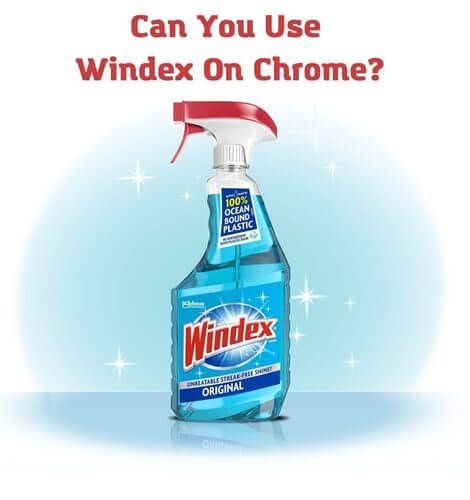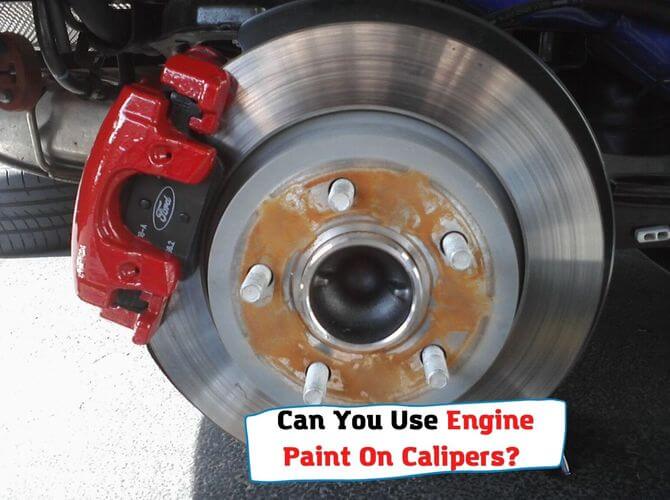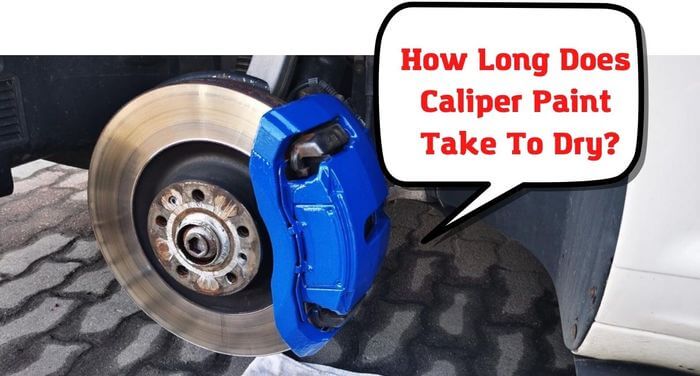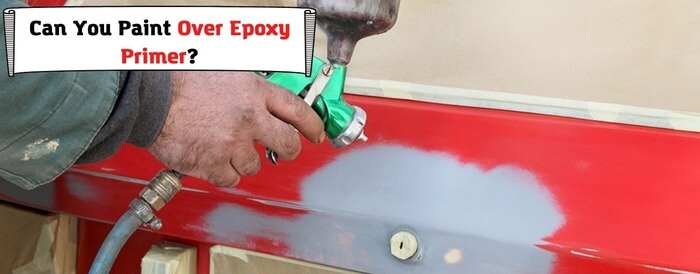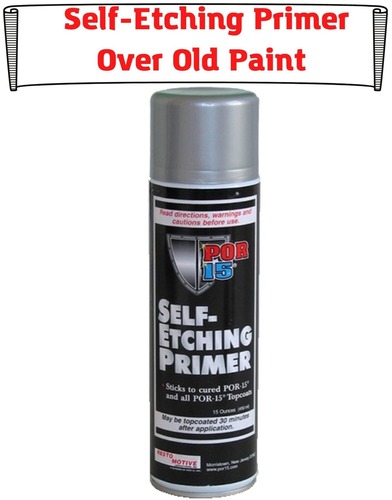
Using self-etching primers when painting a car or any other project is not that easy. You will need to know some rules in order to complete all the stages of painting your metal surface properly.
You may have heard people asking whether they can use self-etching primers without actually sanding down the old paint layers. And in this article, we will answer why it is basically a very bad idea.
Primers and paints should be applied accordingly to manufacturers’ requirements and instructions. In this case only, you can have decent results.
Here are some topics we’ll address today:
- Self-etching primers and their nature.
- Why should you sand down the old paint?
- Main mistakes when using self-etching primers.
- Primers over paint – is it at all possible?
- Painting over self-etching primer – possible?
Let’s get started!
What is actually a self-etching primer?
Primers are preparatory coatings or undercoats that are used on metal or any other material in order to prepare the surface for painting.
Primers can complete different tasks including the ones for preventing rust and prolonging the lifespan of the final coats of paint. But of course, different kinds of primers will complete a certain range of tasks.
Self-etching primers are used to prevent corrosion on metal parts. They cover the surface, etch the metal and prevent rust from appearing soon after the part is painted.
Here’s how they work:
- these are basically the acidic materials that have pigments in them;
- once they come in contact with metal, they start etching it;
- if used properly, they etch all the surface to prevent any corrosion growing;
- they need to be sealed properly after that to keep working.
As you see, these materials are used to etch the metal surface. The process of etching is the cheapest way to prevent corrosion. Let’s be honest, it’s not the most efficient way to fight the rust, but it’s better than nothing.
In many DIY projects and even in many auto paint shops they use self-etching primers as the only efficient way to protect the vehicle body from rust.
Can I apply self-etching primers over old paint?
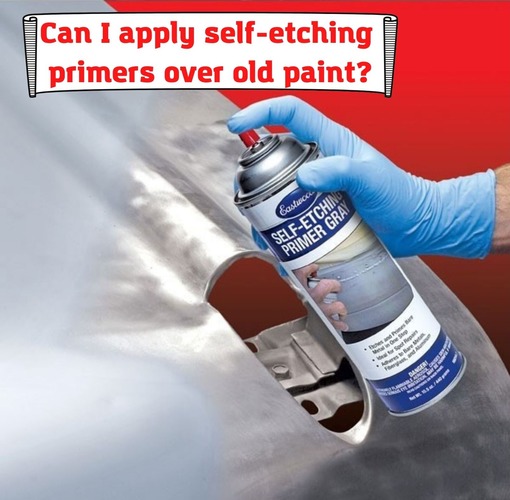
Why? Why should you do it at all? The main idea in using the self-etching primer is only about protecting the bare metal from getting rust damage right away after it is painted. If you spray some primer of this kind onto some old paint, you won’t achieve any good results.
What will happen is that your final coats will chip off over time. We would say, in just a month or two you will see the first problems. This kind of primer is not meant to be used over any other surface but bare metal.
As this is acid, it will ruin the old paint and ruin all the protection you have for your metal parts. But then you will try to seal it with simple primers and will fail to because it’s impossible to seal self-etching primer that has been sprayed onto some other paint.
The results aren’t that good. The paint will have some cracks and will chip off in a short period of time.
How to apply self-etching primer?
Here we will give some tips on how you should apply self-etching primer if you want to protect your project from rust issues. Of course, you will need some equipment for making this properly, otherwise, all the tasks will be extremely hard to complete.
Here are some tips:
- Always use self-etching primers on the bare metal surface only. Sand down all other kinds of paint, primers, etc. You can only leave filler because the primer won’t come in contact with it and won’t destroy it.
- Make sure you know what the manufacturer of your primer suggests. Read the requirements because different primers may have different rules of application. In most cases, the rules will be common, though.
- Always use respirators and other protective equipment because the primer is acidic and it can influence your health much if you inhale a lot of it. Protection is the most important part of preparation.
- Keep the air-gun nozzle or a spray can at a constant distance from the metal part you are working with. The layers should be thin to not cause any problems with painting.
- Apply 2 or 3 thin layers. One coat is never enough. You should consider applying a couple of thin layers with no more than 5-6 minutes of waiting between them.
- After that let the primer cure for at least 3 to 4 hours. This will help you achieve optimal conditions for prepping and sealing. But if you are going to wet-sand the primer, you may start after just 30 minutes.
Sanding this kind of primer is not necessary. You may use another kind of primer over it and then sand or wet-sand it. If you sand the self-etching primer after applying, you may destroy the protection it tried to create over your metal. But still, many experts do that and achieve good results.
Primers over paint – what to choose?
If you still need some primer to use over paint, you will have to choose some other option. Self-etching primer is not your choice in this case. This will be basically done as a stain-killing procedure. The best option is some oil-based primer. It will cover the old paint and will prepare the surface for new paint coats. Also, you may be sure that no stains will be seen through your new paint.
There is nothing to etch if you already have some paint on your metal surface. Oil-based primers are easy to work with and they are wonderful stain-killers. Also, you will have to wet sand or just sand them before applying any paint coats over them.
But if your old paint has some deep scratches or dents, it chips off and shows some other problems, better sand it off to get rid of the problem. If you just use primer over the problematic spot, the problem won’t disappear, and your new paint coats may chip off soon.
Use fillers if you need to achieve a smoother surface. For this, sand the spot where you want to apply the filler, use some filler, sand it with different grit sandpaper and apply oil-based primer over it.
Main mistakes when using self-etching primer
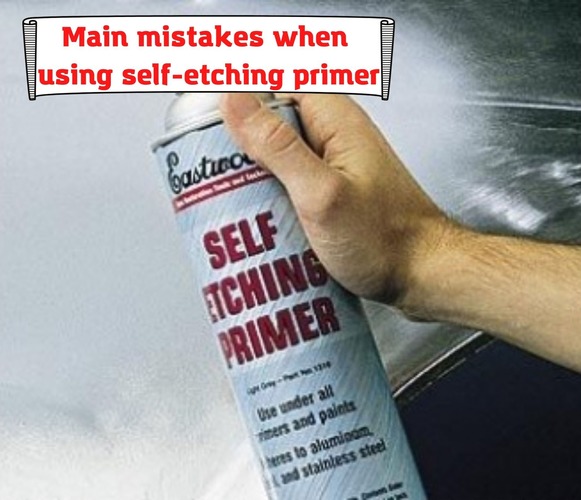
We decided to outline some common mistakes of people who do DIY projects and decide to apply self-etching primer. This list of mistakes will allow you to avoid any problems in your own project.
Here are the most common problem sources:
- Bad safety equipment. Inhaling acidic fumes and particles is not a very clever idea. You may poison yourself if you use a self-etching primer with no proper equipment for safety.
- Covering old paint with the primer. We’ve already discussed that there is no reason to cover the paint with a self-etching solution because it doesn’t etch anything there.
- Thick coats. If you apply a very thick coat of self-etching primer, you will have to wait for a long time while it cures, and then you will have to spend hours trying to sand it for proper surface smoothness.
- One coat only. If you apply a single coat of self-etching primer, you will leave a lot of spots on the metal part without proper etching. This will cause corrosion sooner or later, so it doesn’t make much sense to apply only one coat.
- Thinning the primer. Self-etching primers in spray cans and in any other form are ready-to-apply products, you shouldn’t thin them with anything. Otherwise, they will just lose their properties.
- Sanding and wet-sanding. Better leave self-etching primer like it is without any sanding. Just seal it with some other primer type to ensure it works properly.
- Not sealing self-etching primer with another primer. If you paint directly over S-E primer, your paint will not adhere properly. Better use some other primer to seal it.
People make some more mistakes when working with self-etching primers and other materials. You should bear in mind that manufacturers usually give all relevant information on how to use their primers whether on the can or on their websites. Always pay attention to this information before taking the spray can or air-gun.
Final words
Well, we know for sure that many people will use self-etching primers and find them very efficient instruments against rust on the body. You will need to know how exactly you should use the product that you bought. Never use the same techniques for S-E primers by different manufacturers.
Also, take into account that spraying self-etching primers over old paint doesn’t make much sense. What’s more, it can even harm your project and make it look really bad in some months.
Although these primers are really made for protecting metal parts from rust, we know for sure that you should have some experience of using them properly. In other cases, the primer can only harm you and your project.
- Can You Unmix Paint: Techniques, Consequences, Alternatives - February 23, 2024
- Does Primer Need to be Mixed? Effective Primer Application - February 22, 2024
- How to Make Old Paint Usable Again: Retrieving and Preserving Paint - February 21, 2024
